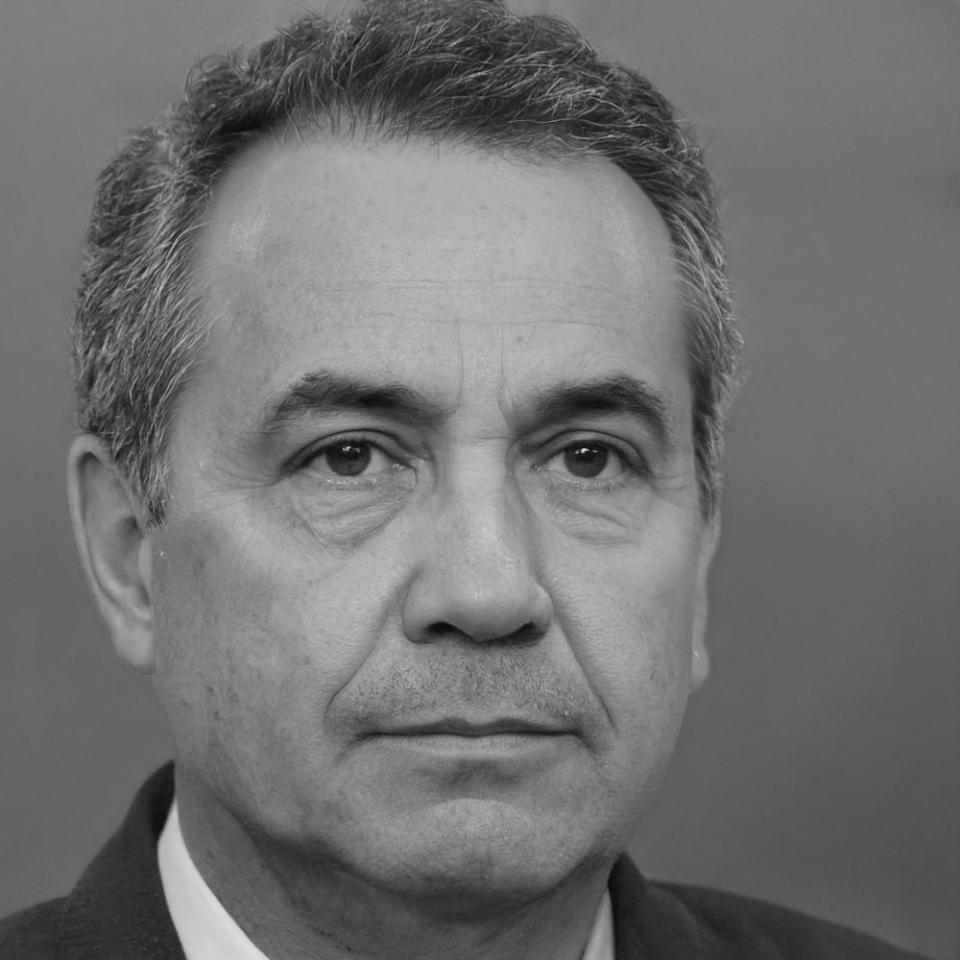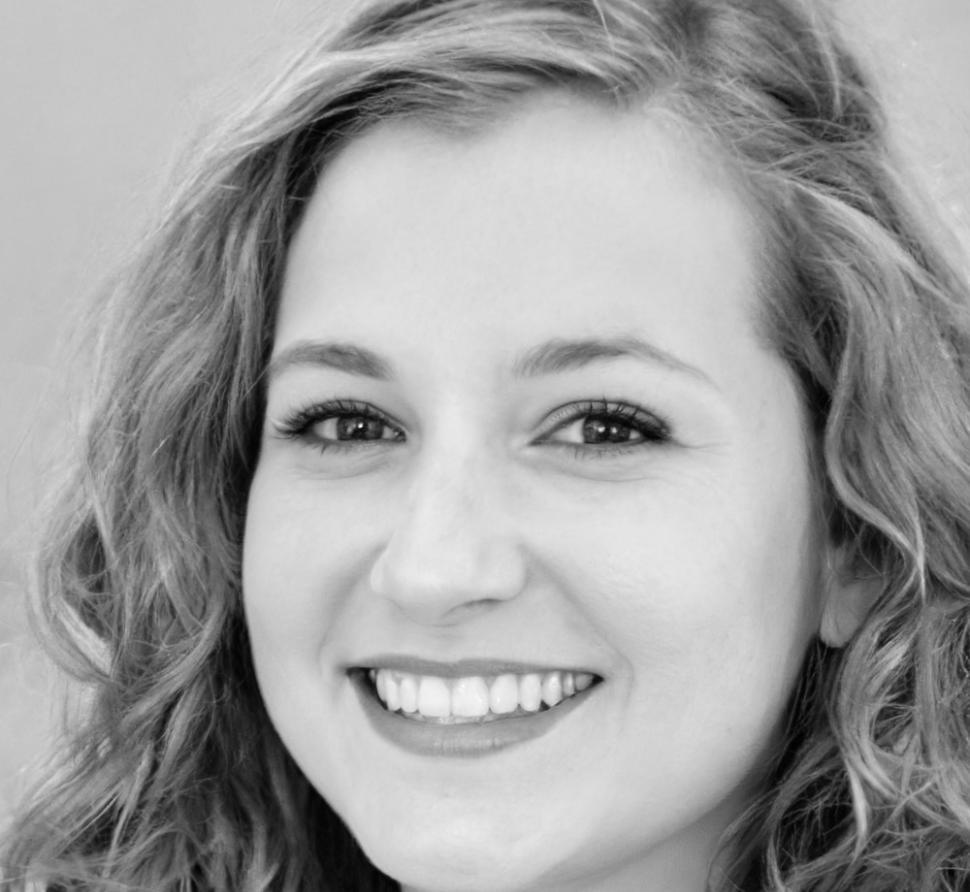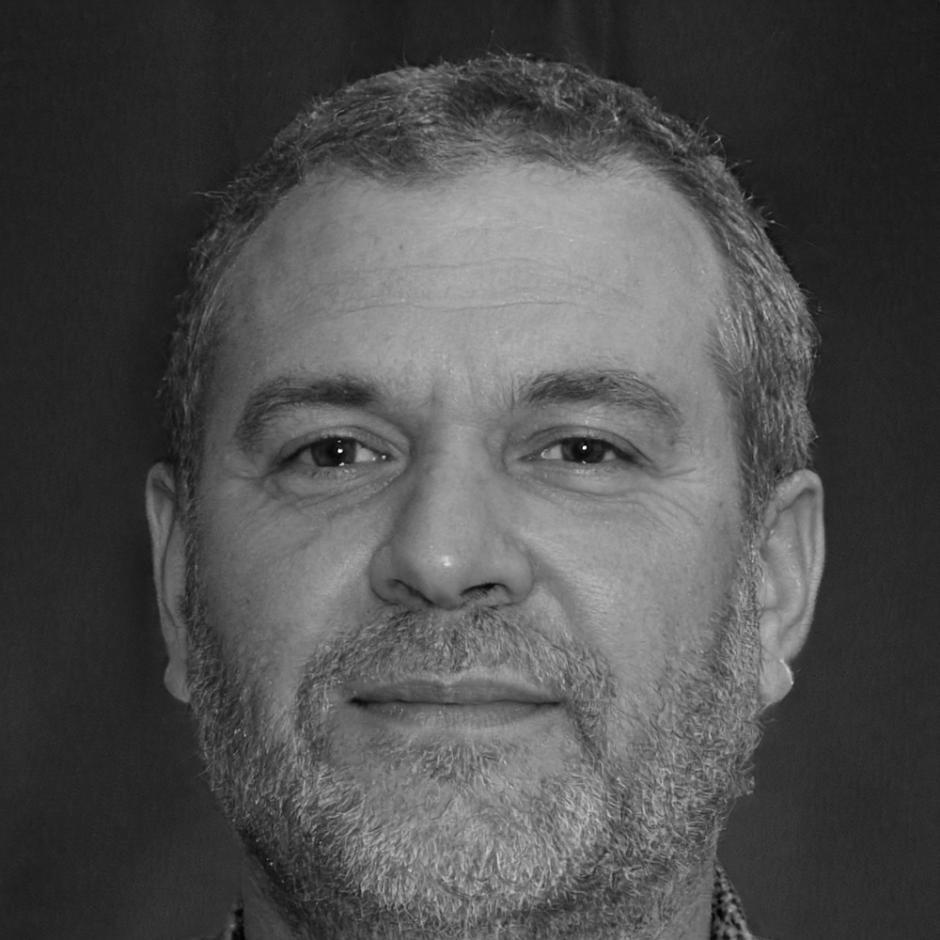What You'll Need Ready
These aren't optional nice-to-haves. Every item on this list serves a specific purpose in the research program, and missing any of them will slow down your progress.
Digital Document System
Set up a simple folder structure on your computer for financial documents. Cloud storage like Google Drive or Dropbox works fine. You'll be referencing these materials constantly, and hunting through email attachments every time is inefficient and frustrating.
Basic Spreadsheet Skills
You don't need to be an Excel expert, but you should know how to create simple formulas and make basic charts. Most financial analysis involves comparing numbers, and doing it on paper doesn't work. Spend an afternoon learning the basics if you're rusty.
Dedicated Learning Time
Financial research requires focus. You can't do it effectively while watching TV or during your commute. Find a quiet space where you can concentrate for 90-minute blocks. The kitchen table works for some people. Others need to book a library room or wait until the house is empty.
Recent Financial Statements
Download the last six months of statements for all your accounts. Bank accounts, credit cards, loans, super—everything. You'll use these for practical exercises throughout the program. Having actual data to work with makes abstract concepts much easier to grasp.




